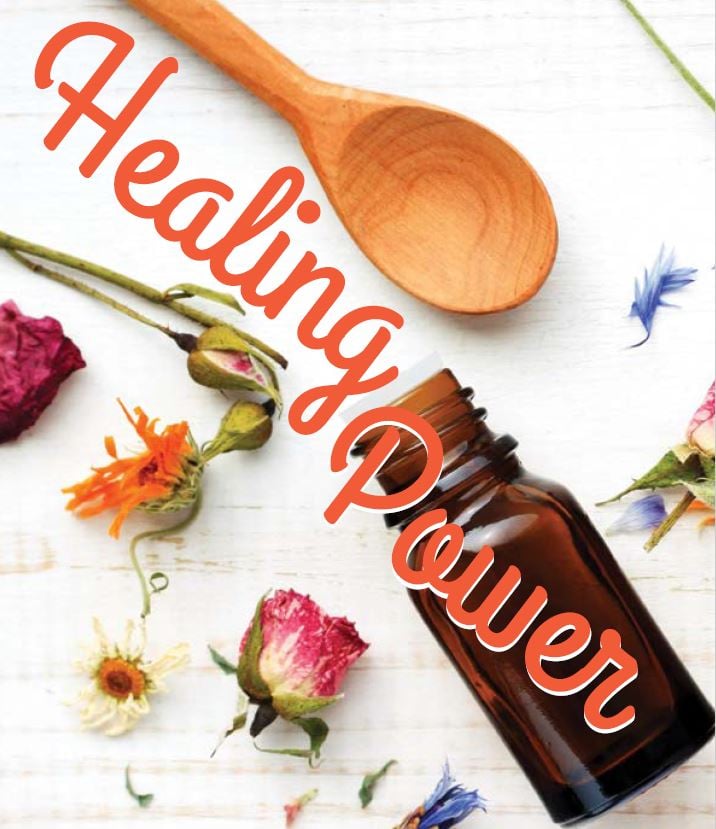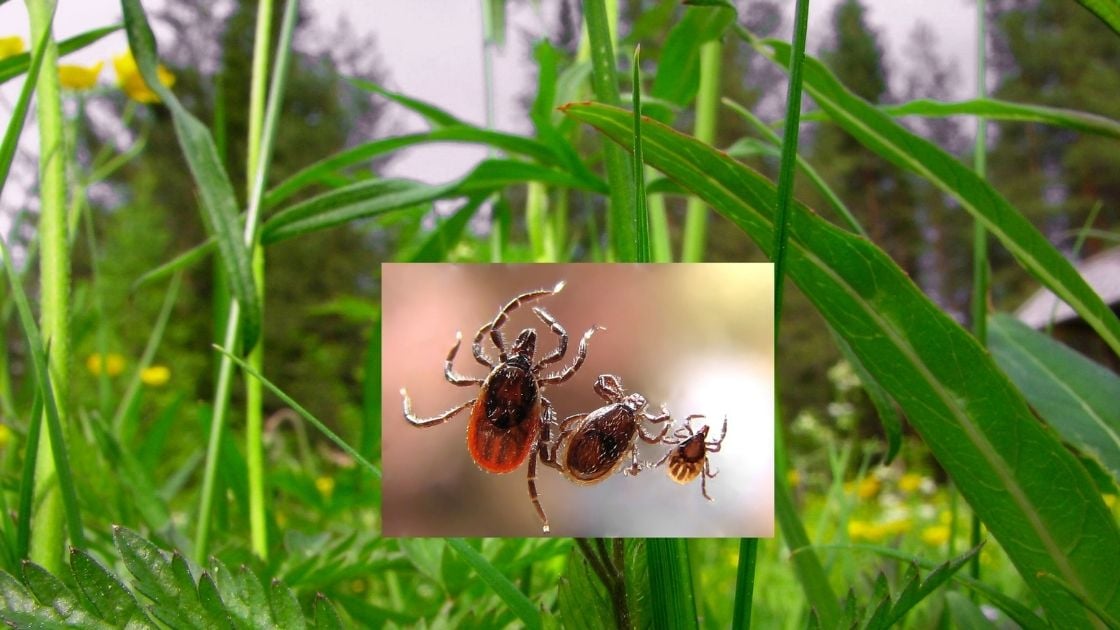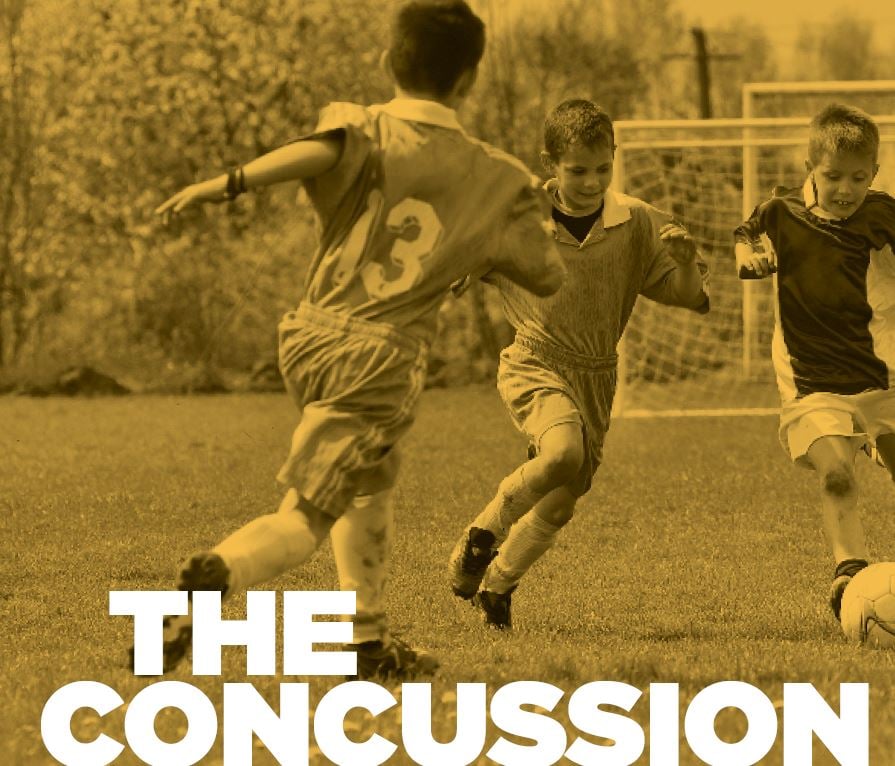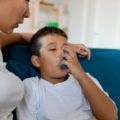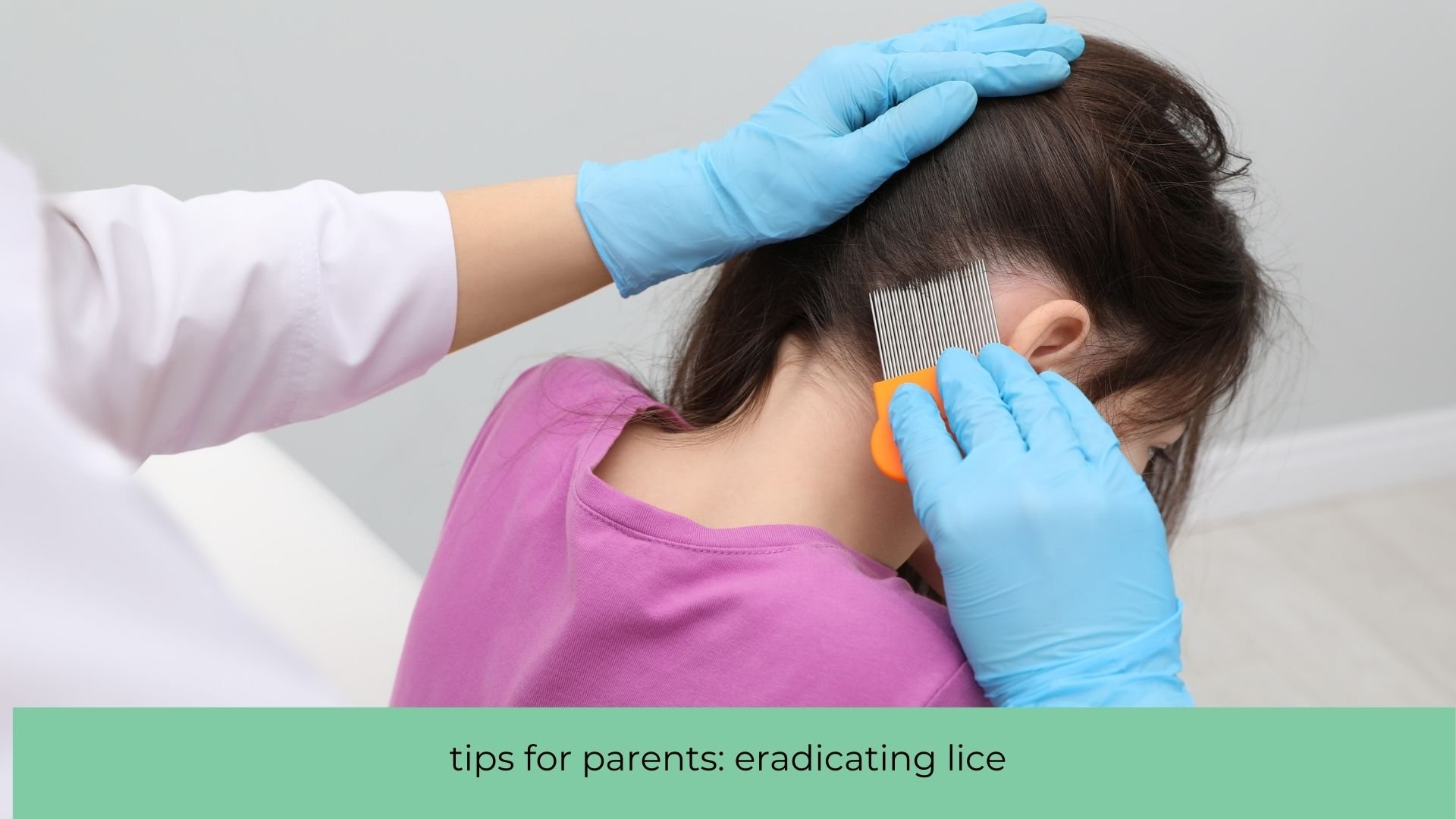On a cloudy November day, Kristenza Nelson drops bergamot and lavender essential oils into a diffuser, filling her East St. Paul home with a citrusy floral fragrance.
“In Minnesota, you spend so much time indoors, without the freshness of outside or a garden to dig in,” she said. “When you haven’t seen the sun for days, if you smell a little bergamot it’s like a burst of sunshine.”
The preschool teacher and mother of two learned about the medicinal properties of essential oils while working at Garden of Eden, a St. Paul store with its own line of oils.
“At first, I thought it was an old wives’ tale,” she said. “But they really work.”
Nelson loves helping expectant mothers make oil blends of soothing scents, such as rose geranium and chamomile, to use as massage oil during childbirth.
“When my children were born, they had a lavender bath every night for the first year of their lives,” Nelson said. “It’s so calming and relaxing.”
Her sons, Andreas, 14, and Alex, 12, are used to coming home to the scent of essential oils diffusing — peppermint to help them concentrate on a school project or eucalyptus for rejuvenation after a tough basketball practice.
“It’s part of our tool kit,” Nelson said.
Do they actually work?
Essential oils are highly concentrated versions of the natural oils found in plants, extracted through a process of steam distillation. They’ve been used since ancient times, but plant-based therapies fell out of favor with the rise of Western medicine, including antibiotics.
Today they’re widely available in supermarkets, co-ops and pharmacies and are increasingly used in clinics and hospitals in the Twin Cities and beyond.
Interest in natural products and the environment has recently boosted awareness of aromatherapy as a tool for wellbeing — and parents seem to be a big part of the trend.
On Facebook moms’ groups, it’s common to see advice doled out on using essential oils for everything from allergies to insomnia.
For parents with no experience with oils, there are so many questions: How do you use them? Are certain brands better than others? Are they safe? And — most important — do they really work?
The answer, according to a growing body of research from laboratory and clinical studies, is yes.
Tried and true
Health professionals at Children’s Minnesota use essential oils made specifically for the hospital, including lavender, sweet orange, lemon, peppermint and spearmint.
Dr. Melanie Brown, an MD and program director at Children’s Minnesota’s Pediatric Pain, Palliative and Integrated Medicine Clinic in Minneapolis, said those five oils have been extensively studied for safety and efficacy.
Patients smell the oils for managing the symptoms of insomnia, anxiety, fatigue and nausea.
Brown has no doubt that aromatherapy works. She’s seen it herself, from the child who sleeps through the night for the first time to the eating disorder patient whose nausea is calmed.
“There’s a lot of evidence to back up their use,” she said. “Smell affects us on a very deep level. It affects your physiology as well as your mind.”
Brown encourages families to use essential oils for aromatherapy at home, but she also recommends that families always talk to their physicians about what they’re using, too.
“(Aromatherapy) can empower patients to take part in their own health care,” she said. “As long as they’re using it as an adjunct to the care they’re getting.”
Other health-care facilities — including University of Minnesota’s Masonic Children’s Hospital in Minneapolis and Fairview Homecare and Hospice of Minnesota — have adopted oils for treating pain, nausea and sleep problems, according to an article in the Star Tribune.
Essential oils might one day be used to treat life-threatening illnesses, too.
According to an article in The Atlantic, studies have shown some oils to be powerful enough to kill human cancer cells of the breast, colon, mouth, skin and may even play a role in countering the antibiotic-resistance crisis.
Treating wounds, calming anxiety
Kristenza Nelson said she’s seen a growing number of health-care providers talking about oils.
When her son suffered a second-degree burn on his hand at camp, she applied lavender essential oil topically — a common home remedy for burn pain and healing, often combined with aloe. She then took him to an urgent care facility. The doctor walked into the room and announced, “I smell lavender. What a good mama,” Nelson said.
Anne Nelson, an Andover mom of 11 children ages 6 to 33 (no relation to Kristenza Nelson), said when her son went to Children’s Minnesota for neurosurgery, aromatherapy was a built-in part of the process.
Staff taped cotton balls soaked in lavender oil to his gown to calm pre-surgery anxiety. They put peppermint oil on a cloth for him to smell for nausea.
She’d started using essential oils recently herself in hopes of strengthening the family’s collective immune system. It seemed to work: When one child fell ill with strep, no one else in the house caught it.
That was previously unheard of in her busy household.
“Usually I was lining them all up at the doctor’s office,” she said.
Now Anne Nelson has expanded to using essential oils as a lice deterrent, a kitchen spray and an effective remedy for her longtime battle with cold sores.
“I have been extremely thrilled,” she said. “It’s better than any prescriptions I’ve used.”
Safety first
Although essential oils have become invaluable to many families, it’s important to remember that they’re highly concentrated and should be used with care — especially with babies and young children, said Linda Halcon, a registered nurse and associate professor emerita with the School of Nursing at the University of Minnesota.
For 20 years, Halcon has taught a course on aromatherapy at the university’s Earl E. Bakken Center for Spirituality and Healing in Minneapolis.
Halcon knows of parents who have seen improvement in symptoms of anxiety, ADHD, and certain skin conditions thanks to aromatherapy.
But she stresses that parents should use oils with extreme caution.
Inhalation delivers the lowest, safest dose of essential oils and is the method she recommends for children. Topical application is more likely to result in adverse reactions such as skin irritation and sensitivity. Ingestion delivers the highest dose of all and should be avoided, she said.
Dosage is a concern because some essential oils can be toxic in certain quantities. Seizures and even death from eucalyptus oil have been documented in adults and children.
This might be surprising since oils are all-natural. But they’re also highly potent.
Halcon recommends not using essential oils during pregnancy in the first trimester. In later months, only certain oils such as lavender and rose should be used. For children, she advises avoiding all essential oils for the first few years and then using them carefully.
“Use them sensibly, and for a specific purpose,” she said.
“I would encourage parents to really do their homework,” she said. “Don’t just take someone’s word for it because they sell oils.”
Anne Nelson’s top safety tip with essential oils is to never let children handle bottles of oils. She doses, dilutes and applies them to the children herself.
Safety tips
• Don’t let children handle essential oils. Keep them safely out of reach as you would any medicine.
• Use a carrier oil such as olive, grapeseed or coconut oil to dilute for topical use. Use 1 to 2 drops of essential oil to one teaspoon of carrier oil to make an estimated 1 percent dilution.
• Perform a patch test before using an oil topically by applying a small amount to the wrist and watching for adverse reactions over a 24-hour period.
• Some citrus oils can cause severe burns from phototoxicity when applied topically, so use these only for inhalation therapies.
• Avoid contact with sensitive skin, especially the eyes. • Essential oils have been known to react to some medications, so check with your health-care provider before use.
• Inhaling the scent of essential oils is the safest method of aromatherapy. Health-care professionals do not recommend ingestion of essential oils.
Daycare provider perspectives
Bobby Clausen discovered essential oils when she was suffering from severe tennis elbow, likely from years of holding babies at her in-home daycare in Crystal.
When a vendor at a fair gave her an essential oil product to try for the pain, she tried it and was astonished at how quickly it worked.
“It was unbelievable how the pain went away,” she said.
In the following years, Clausen would find more uses for essential oils for herself and her two young boys.
Earaches, mosquito bites, and bee stings have all been alleviated by a little drop of lavender. Clausen said essential oils helped her get over a recurring infection at her implant site after she recovered from cancer.
“Lots of lovely things have happened to us because of essential oils,” she said.
Clausen said her sons Marcus, 8, and Lucas, 6, think essential oils are the answer to everything. The boys’ favorite scent is peppermint, which Clausen uses as an air freshener in the car and spritzed around the house as a spider repellent.
She tells her daycare clients upfront about her non-toxic cleaning routine, which includes essential oils.
“All of the families are on the same page,” she said. “Most of them are using it, too.”
With her daycare children, all elementary age and younger, Clausen limits her essential oil use to a small amount of lavender diffused before naptime.
When using oils topically, Clausen dilutes them in vegetable oil to reduce the risk of skin irritation.
Has her family experienced any negative reactions or side effects to essential oils?
“We have not. None at all,” she said.
Kristenza Nelson, meanwhile, uses lavender and tangerine spray to set the ambience in her preschool classroom.
Children learn through all the senses, she said, adding: “I want them to know my classroom is a welcoming and calming place to be.”
Nelson’s never heard a negative reaction from a parent.
“Smells can be very strong for people,” she said. “But I use a mild amount.”
What brands are best?
Parents might wonder which line of essential oils is right for their families.
Anne Nelson — with many kids still at home in a household that goes through a lot of essential oils — is sometimes tempted by the cheaper prices she sees on essential oils at drug stores.
But she sticks to the brand she was introduced to by a distributor at church because she trusts the bigger name.
Dr. Brown, meanwhile, doesn’t endorse a certain brand. She believes many different lines on the market are sufficient for home use.
In addition to the well-known, respected names of Young Living and DoTerra — both distributed through multi-level marketing networks — shoppers can find numerous local brands of essential oils at vendors throughout the Twin Cities.
Those include — but are not limited to — Veriditas by Pranarom of Minneapolis; Wyndmere Naturals of New Hope; Garden of Eden of St. Paul; Timeless Essential Oils of Rosemount; Plant Extracts International of Hopkins; My Naptime Jewelry of White Bear Lake, offering essential-oil diffusing jewelry made with lava stone; and Healing Alchemy of Bloomington, which sells on-the-go aromatherapy inhalers and wristbands.
Source: University of Minnesota’s Earl E. Bakken Center for Spirituality and Healing. Learn more at tinyurl.com/oil-health.
(Learn more about essential oils safety at the University of Minnesota’s Earl E. Bakken Center for Spirituality and Healing.)
Abbie Burgess is a Twin Cities freelance writer and lifestyle blogger.





